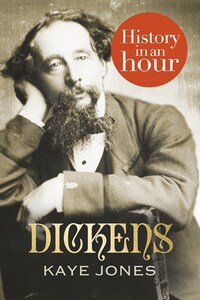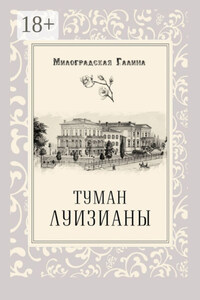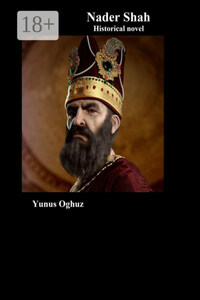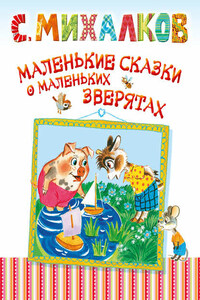About History in an Hour
History in an Hour is a series of ebooks to help the reader learn the basic facts of a given subject area. Everything you need to know is presented in a straightforward narrative and in chronological order. No embedded links to divert your attention, nor a daunting book of 600 pages with a 35-page introduction. Just straight in, to the point, sixty minutes, done. Then, having absorbed the basics, you may feel inspired to explore further.
Give yourself sixty minutes and see what you can learn . . .
To find out more visit http://historyinanhour.com or follow us on twitter: http://twitter.com/historyinanhour
Introduction
One of the most celebrated British authors of all time, Charles John Huffam Dickens was born on 7 February 1812 in Portsmouth England. Though Dickens received little formal education, he produced some of the most famous works of the Victorian era, such as Oliver Twist and A Christmas Carol, novels that continue to be enjoyed today. Dickens did not limit himself to being a novelist, he was also a journalist, social commentator, philanthropist, husband, lover and father.
Charles Dickens c. 1867, photograph by Jeremiah Gurney
As a celebration of the bicentenary of his birth in 2012, this ebook will guide readers through the formative events, relationships and experiences that inspired and underpinned his work.
The Early Years
Charles Dickens was born in Portsmouth on 7 February 1812. He was the second child of Elizabeth Dickens (née Barrow) and John Dickens, a clerk in the naval pay office attached to the nearby dockyard. Due to the nature of John’s work, the family moved frequently during Dickens’ earliest years, with stays in and around London, and to Sheerness, before a more permanent posting to the Chatham Dockyard in Kent in 1817. Here, the family lived at 2 Ordnance Terrace, a six-roomed house with two live-in servants.
Ordnance Terrace, Chatham, photograph by Clem Rutter
It was Elizabeth Dickens who took responsibility for the education of Dickens and his elder sister, Fanny, in these early years. Alongside her lessons in English and Latin, Dickens became an avid reader. He spent many hours in the attic enjoying the books from his father’s collection, such as Don Quixote, The Arabian Nights and Robinson Crusoe. Dickens also received some schooling at a nearby dame school. Prior to the introduction of compulsory education for children in 1870, these schools provided a much-needed service for families who were too poor to pay for private schooling. Dame schools, often run by an unqualified woman from her own home, helped many children master the basics of reading, writing and arithmetic.
In 1821 Dickens left the humble dame school and enrolled at the Reverend William Giles’ School, a private, fee-paying establishment. It was around the same time that John Dickens’ financial problems, of which the origin is unknown, caused the family to relocate to a smaller house in Chatham. Money troubles, however, did not stand in the way of a happy childhood. At school, Dickens made great progress, while at home he wiled away his time with make-believe games, performing recitals and plays with his sister, Fanny. On several occasions the pair saw plays by Shakespeare at the Rochester Playhouse, inciting in the young boy a love of the theatre that would endure throughout his life. With its majestic cathedral, ruined castle and bustling river, the city of Rochester also captured his imagination.
Somerset House, c. 1836
The next year, however, John Dickens took up a new position at Somerset House in Central London. Dickens remained in Chatham to finish the term at Giles’ School and then joined the family at 16 Bayham Street. Situated in the less genteel suburb of Camden Town, Dickens described it as having a ‘basement, two ground floor rooms, two on the first floor, a garret and an outside wash-house.’ When describing the Cratchit family home in A Christmas Carol, it was to Bayham Street that Dickens looked for inspiration. Home to his parents, four siblings, his relative through marriage, James Lamert, and an orphan brought from the Chatham Workhouse, the house must have felt extremely cramped and considerably less comfortable than any previous family home. Reflecting on this time in his life, he told his friend and biographer, John Forster, of his distress at losing his life in Chatham and his overwhelming desire to be ‘taught something, anywhere.’ To make matters worse, Fanny was about to enrol on a four-year course at the Royal Academy of Music – at considerable expense to the family.








